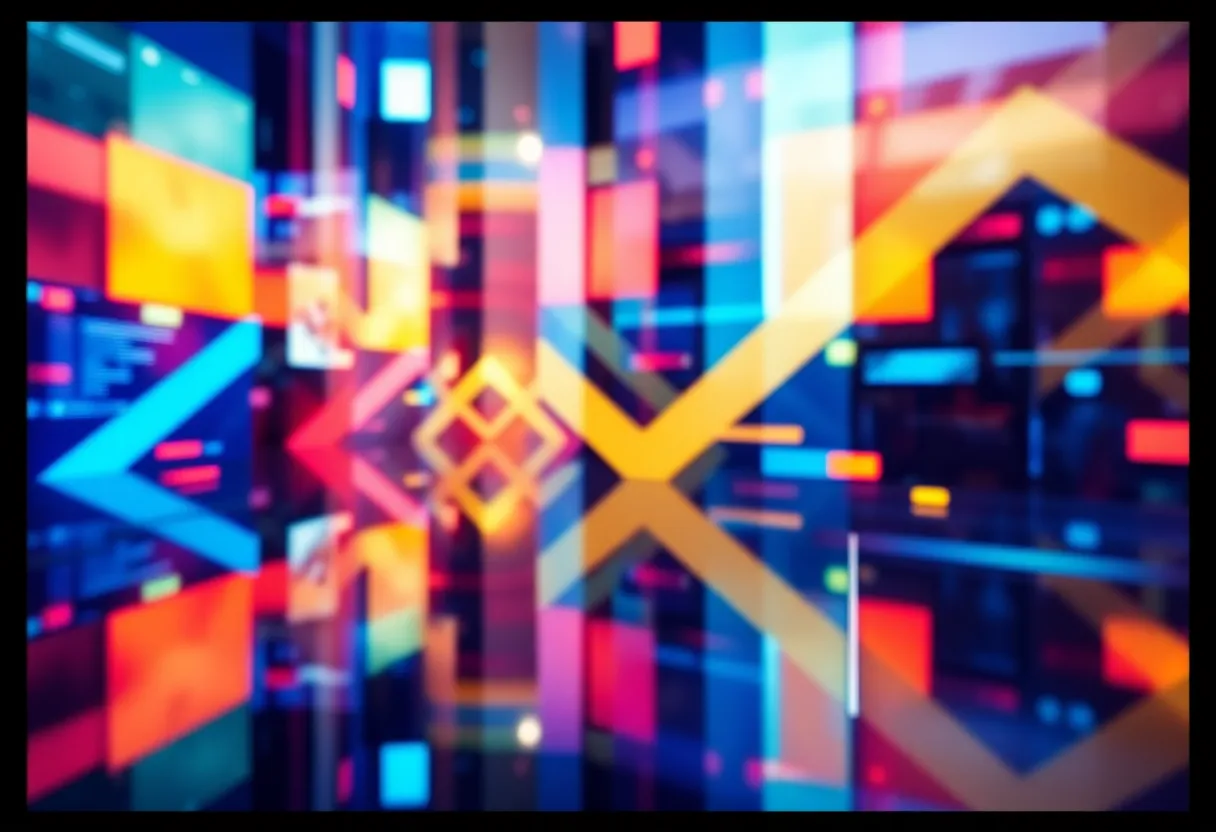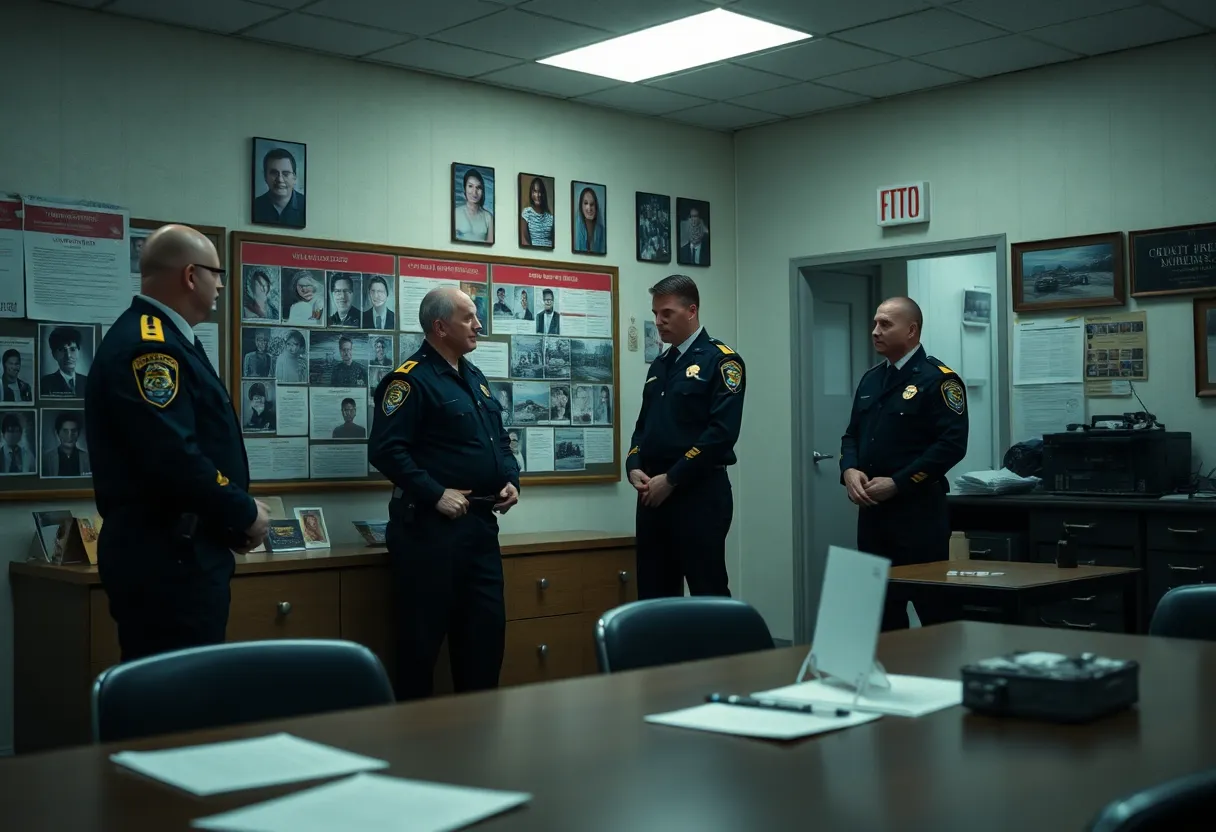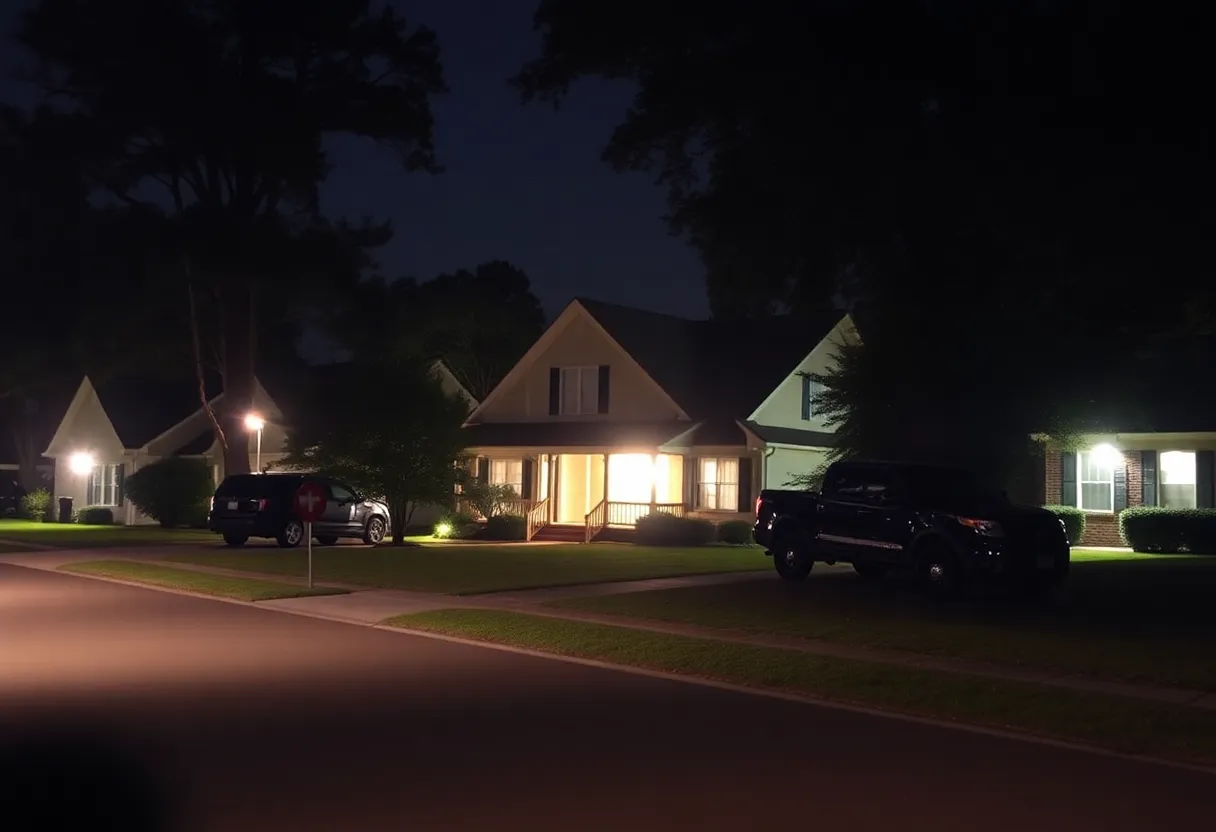News Summary
USC Aiken’s art historian, Dr. Jeremy Culler, delivered a fascinating lecture on video loops at ‘Aiken in the Alley.’ He explored the artistic intentions behind early video art, feedback loops, and the modern implications of technology on self-reflection. This engaging discussion encouraged attendees to look deeper into video as an artistic expression.
Exciting Insights on Video Loops Shared in Aiken
Aiken was abuzz with creativity as USC Aiken’s own art historian, Dr. Jeremy Culler, captivated a curious audience during his enlightening lecture at the popular event “Aiken in the Alley” on February 13, 2025. Dr. Culler took attendees on a fascinating journey through the world of video loops, diving deep into the artistic explorations of early video artists who used this unique medium to offer a fresh perspective on self-reflection.
Understanding the Art of Video
The lecture offered a thoughtful examination of why discussing video art can sometimes feel like an uphill battle. Dr. Culler aimed for what he called a “close reading” of video loop art. Through this lens, he critically dissected the intentions behind artists’ creations, encouraging the audience to look beyond just the surface level of these unique pieces.
What sparked Dr. Culler’s passion for video art? Interestingly, he shared a vivid memory from his childhood involving mirrors, where he created a repeating image that lit a fire in him for experimental filmmaking. This sparked curiosity has stayed with him throughout the years and continues to inspire his work.
A Look at Feedback Loops
One of the most intriguing aspects discussed was the concept of feedback loops, which early video artists manipulated by directing a camera at its own screen. This self-referential technique becomes a metaphorical dance of images reflecting back on themselves, much like an artistic game of tug-of-war. To illustrate this visual harmony, Dr. Culler screened a poignant clip from the classic film “Citizen Kane,” featuring Orson Welles navigating a hall of mirrors. Here, the symbols of introspection and isolation beautifully intertwine.
Early video artists delved into the very **essence of video itself**, much like how luminaries such as Jackson Pollock challenged the boundaries of painting. During his lecture, Dr. Culler noted that the inception of video technology allowed for innovative self-exploration, albeit with a pinch of criticism for creating an environment rich in narcissism.
Exploring Tautology in Video Art
Dr. Culler posed some thought-provoking questions regarding the core characteristics of video art, such as tautology—the idea of repeating images or themes. Several examples were highlighted, including:
- Nam June Paik’s “Electronic Opera #1” (1969) – a groundbreaking piece that harnessed the power of technology.
- Peter Campus’s “Three Transitions” (1973) – a compelling exploration of transformation.
- Joan Jonas’s “Vertical Roll” (1972) – an artistic statement that questions perception.
Furthermore, Dr. Culler delved into Vito Acconci’s bold work, “Centers.” In this piece, Acconci obscures his face for over 22 minutes, pointing at the camera, creating layers of dialogue that allude to both outward connection and inward reflection. The parallels he drew between this contemporary work and the classic art of Michelangelo’s “Creation of Adam” were especially powerful, highlighting a duality in the act of pointing—both towards the audience and one’s own self.
A Modern Reflection of Video Art
Connecting the dots between early video art and today’s smartphone culture, Culler emphasized how the camera has become a ubiquitous part of our lives. This connection raised important conversations about the responsibilities that accompany technology. As individuals increasingly find themselves caught in a cycle of self-promotion, the looming question remains: how much of this constant validation seeking can be healthy?
With a captivating lecture, Dr. Jeremy Culler shed light on the significance of video as a contemporary artistic expression. He encouraged residents of Aiken to look deeper and critically engage with the art that surrounds them. As the community continues to explore these artistic realms, the conversation surrounding video art remains ever-relevant and vital.
Deeper Dive: News & Info About This Topic
HERE Resources
USC Aiken Unveils the Steinway & Sons Spirio Piano
Community Engagement and Events in Aiken This January
Additional Resources
- Post and Courier: USC Aiken Video Art Lecture
- Wikipedia: Video Art
- WJBF: USC Aiken Art Exhibit
- Google Search: Video Art History
- The Art Newspaper: Doug Aitken Video
- Encyclopedia Britannica: Video Art
- WJBF: Aiken’s Makin Arts and Craft Show
- Google News: Art Videos








